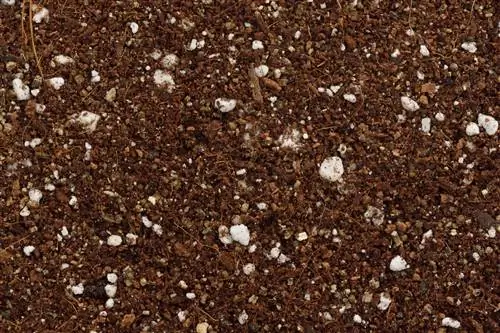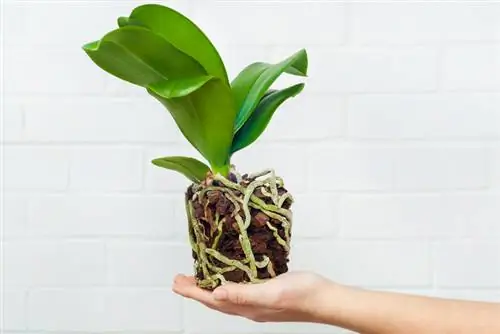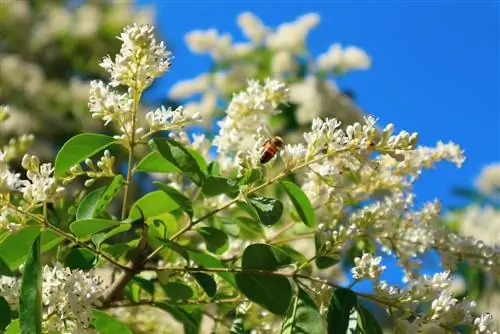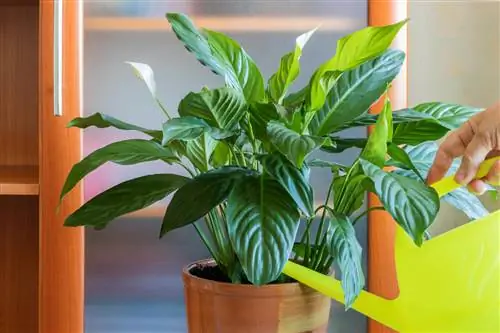- Author admin [email protected].
- Public 2023-12-16 16:46.
- Last modified 2025-01-23 11:22.
You discover small white balls in fresh potting soil and wonder what they are. Don't worry, this is neither Styrofoam nor snail eggs. Find out here what's behind these little things and why they represent high-quality potting soil.

What are the white balls in potting soil?
So-calledPerlite are mixed into high-quality potting soil. These small white balls are made of volcanic rock and store a lot of water. This way you can avoid waterlogging. At the same time, perlite releases the stored water to the plant when needed and prevents it from drying out.
Why are the white balls a sign of good potting soil?
To produce perlite for potting soil, also known as expanded perlite, you need dark gray volcanic rock that is mined in Eastern Europe and the Mediterranean. This is heated strongly. This causes it to expand to ten times its actual size, similar to how a kernel of corn expands into popcorn. The bloated perlites have many pores in which they not only storeexcess water, but alsonutrients This makes them the perfect addition to high-quality potting soil, to create ideal conditions for potted plants.
What advantage do the white balls in the potting soil bring?
- Perlite stores water and protects the root ball from excessive moisture. Plants that are particularly sensitive to moisture benefit from perlite. For example, it is often used in potting and herb soil.
- Perlites are sterile due to strong heating.
- They prevent mold.
- They ensure optimal nutrient absorption.
- They give the potting soil structure and lasting dimensional stability.
- They ensure good aeration of the soil and can prevent root rot and other diseases in the flower pot.
- Perlite is a natural rock and not a chemical product. It can also be used in organic soils.
What else could the white balls in the potting soil be?
Perlite can also be confused with the following substances:
- Depot fertilizers (They are also small, round and hard, but they come in different colors. They contain important nutrients for the plants for many months.)
- Mold (You can recognize mold by a superficial, fluffy-soft and white coating.)
- Limescale deposits (limescale can settle on the earth's surface in the form of white spots due to calcareous tap water.)
- Snail eggs (are small, white, but soft balls. They are usually found in groups or nests in the substrate.)
Tip
When purchasing, pay attention to the storage of the potting soil bags
Potting soil in bags should be stored as dark, dry and covered as possible to maintain the quality. When purchasing, make sure that the bags have been stored, ideally protected from the weather. You can recognize poor storage conditions by damp bags, holes in the cover or a musty smell. If the potting soil has been stored incorrectly or for too long, the storage capacity or optimal fertilization can suffer.






